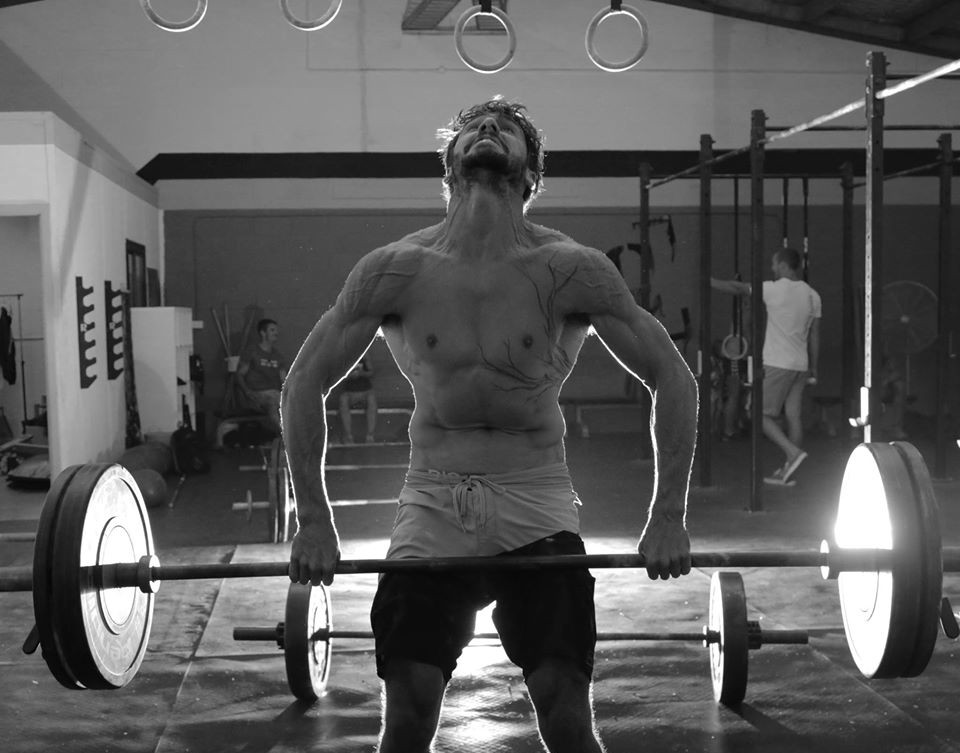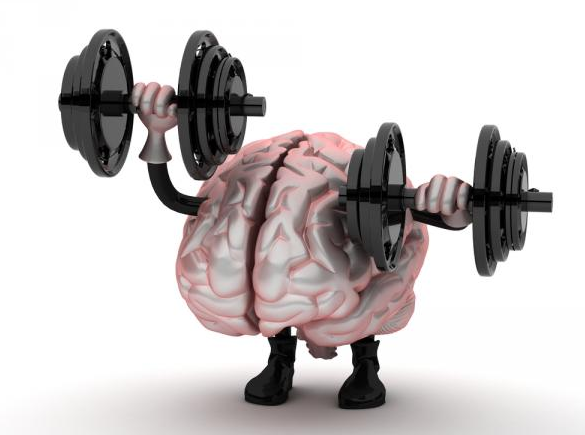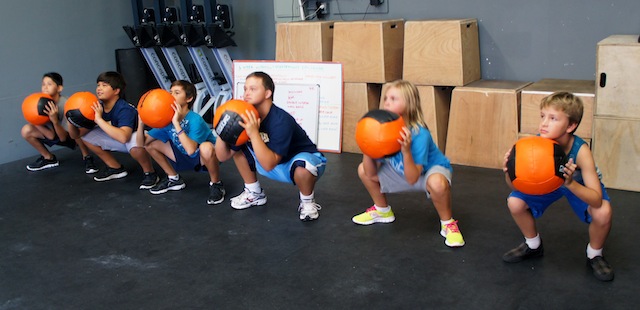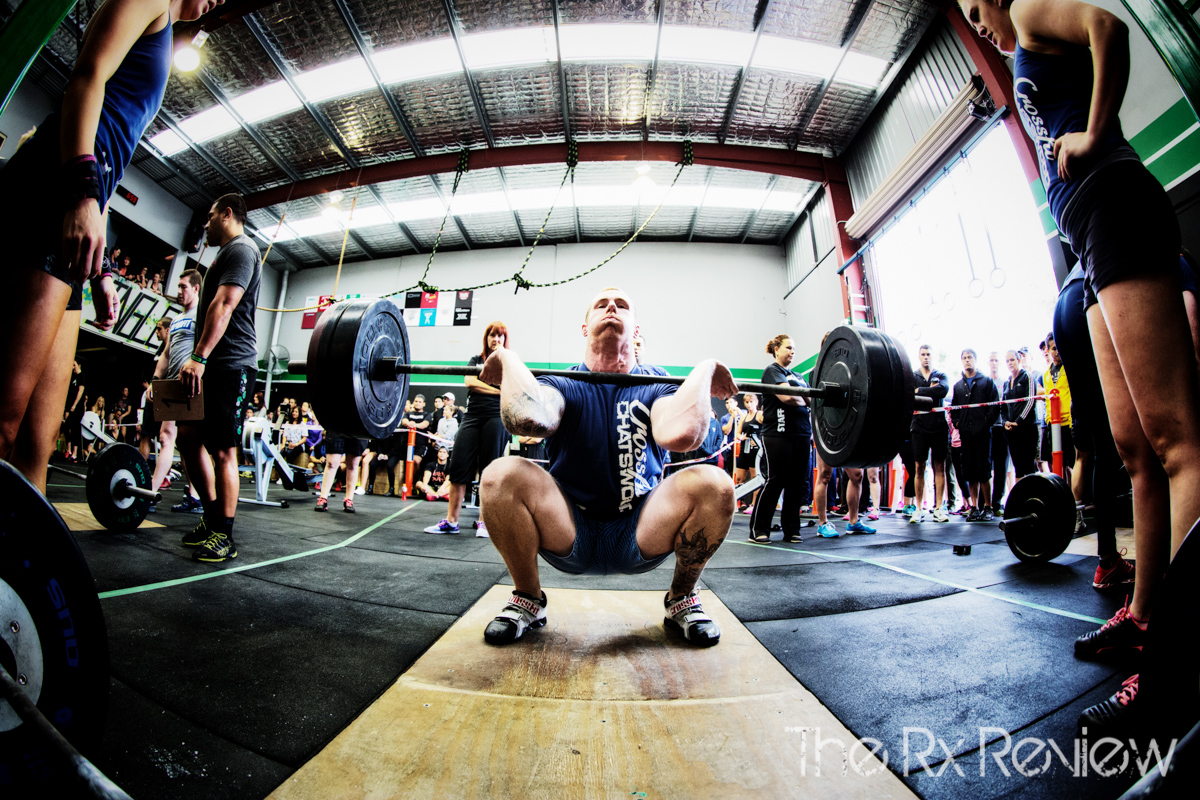
Weightlifters often encounter injuries while working out. Some injuries may be minor, often requiring a short break for the muscles to catch up, but others may be serious, requiring medical intervention. Something to note about these injuries is that they can be avoided. If you love lifting weights, you should be aware of the common injuries and the steps to take to prevent them.
1. Shoulder Injuries
If you lift weights, take care of your shoulders. Heavy lifting without warming up can hurt the parts that connect muscles to bones. If the shoulders get hurt, they hurt and move less. Warm up before lifting, and go easy on heavy lifting weights, especially at first.
2. Nerve Injuries
This type of injury is every weight lifter’s nightmare. The problem is often a result of a disc that has been pushed out of place such that it presses on the nerve. This often causes pain and numbness in the affected areas.
Improper form while lifting and taking on too much weight is often the cause of disc issues. If you have spine or back problems, ask a good trainer for guidance before lifting heavy weights. Some trainers, such as those at Pledge to Fitness, go the extra mile to offer massage therapy and 3D-body scans to get detailed posture reports.
3. Wrist Injuries
Exercises that target the arms are linked to wrist injuries. When these exercises are performed incorrectly or are done using heavy weights, they can cause swelling, pain, and stiffness. To prevent such injuries, ensure your wrist muscles are properly warmed up. You should also avoid gripping the weight too tightly or loosely or even bending your wrist too far.
4. Muscle Issues
Lifting heavy weights may overstretch your muscles or ligaments. When this occurs, pain and stiffness are felt in the affected areas, often accompanied by swelling. To prevent such injuries, ensure a thorough muscle warm-up before exercising. You should also increase your weight gradually as your strength improves.
How to Handle Weight-Lifting Injuries
Many weightlifters have experienced injuries during their routines. Aside from skipping warm-ups and pushing too hard, working out while tired can lead to improper form, raising the likelihood of injury. A rule of thumb is to listen to your body. If discomfort or pain arises, take a break immediately.
After an injury, it’s essential to take proper steps before resuming workouts. Rest, gentle movement, and seek expert medical advice can often help during the recovery period. Returning too soon can worsen the injury or cause new ones. It’s wise to start slowly, with lighter weights and reduced intensity, gradually building back strength and endurance.
Additionally, ensure proper warm-ups and adequate rest between sessions. This can significantly reduce the risk of injuries. Remember, patience and caution are key to maintaining a safe and sustainable fitness routine.
Endnote
An expert trainer is your best friend if you are looking to build strength, lose weight, or remain consistent with your fitness goals. These individuals know much about weight-lifting safety and can help modify common workouts to fit your goals. With a trainer, you can learn new exercises and how to use the different machines and lifting techniques to your advantage.


















Follow Us